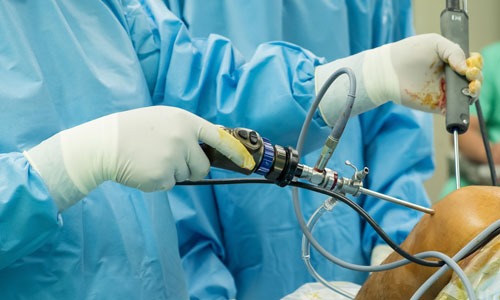Call Us
Copyright © 2025 Dr. Shekhar Srivastav
Powered by Suvega Digital Media Pvt. Ltd.
Arthroscopy
Home / Arthroscopy

Arthroscopy is a minimally invasive surgical procedure used to diagnose and treat joint problems. It involves inserting a small, flexible tube called an arthroscope into the joint through tiny incisions. The arthroscope is equipped with a camera and light source, allowing surgeons to visualize the inside of the joint on a monitor in real time.
This technique is commonly used for joints such as the knee, shoulder, hip, elbow, wrist, and ankle. It helps diagnose conditions like ligament injuries, cartilage damage, inflammation, and joint infections. Arthroscopy is also used to perform procedures like meniscus repair, ligament reconstruction, cartilage restoration, and removal of loose bone fragments.
One of the major advantages of arthroscopy over traditional open surgery is its minimally invasive nature, resulting in smaller incisions, reduced pain, faster recovery, and lower risk of complications. Most arthroscopic surgeries are performed on an outpatient basis, allowing patients to return home the same day.
Recovery time depends on the procedure performed and the joint involved. Patients typically resume normal activities within a few weeks to a few months, with physical therapy playing a key role in rehabilitation.
Despite its benefits, arthroscopy has some risks, including infection, swelling, stiffness, and nerve damage, though these are rare. It remains a highly effective and widely used procedure in orthopedic medicine, offering both diagnostic and therapeutic benefits with minimal disruption to the joint.


